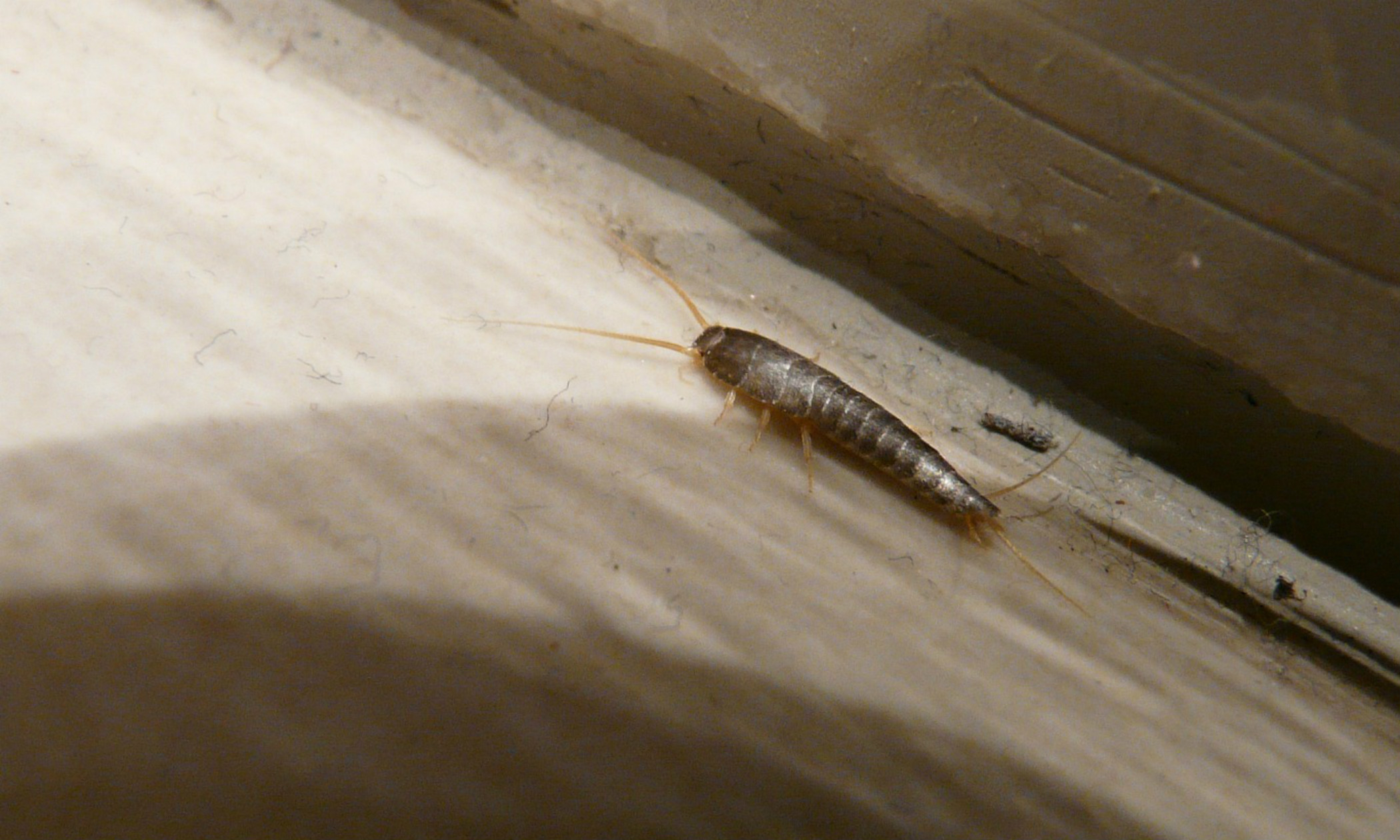Pokémon and Pest Infestations

This summer saw Maidstone Museum suffer an infestation. Everywhere we looked, we were overrun by Pokémon – Weedles here, Rattatas there – and enthusiastic hunters hot on their trail throughout the museum and its gardens.
Those with an eagle-eye may have spotted another type of infestation as I, the Museum’s Collections Officer armed with little more than a clipboard, bug poster and lots of little cardboard contraptions, was out catching creatures of my own… those which might damage the museum collection.
My role as a Collections Officer means I have a varied remit, one of which you might not realise is part of what museum professionals do: Integrated Pest Management.
Integrated Pest what?
Glad you asked. Integrated Pest Management means monitoring and dealing with pests. Once every three months, roughly in-line with the breeding and hatching cycles of the pests, I walk around the museum with my clipboard and pest poster and check the pest traps.
Since looking for evidence of pests takes me all around the building, I also monitor the environment – light levels, temperature, and relative humidity – in every room of the museum at the same time. It is important to do so as these are known as Agents of Deterioration and they need to be monitored and controlled to preserve the objects we hold in trust for future generations.
The temperature and relative humidity also has an impact on the pests we would expect to find, and that is where the ‘Integrated’ bit of Integrated Pest Management comes in. The kinds of pests I am looking for are insects, bugs, and beetles, whose larvae like to eat the collection. It gives me a nice outlet for my childhood love of ‘mini-beasts’ – although the less said of my woodlouse kingdom the better. Rodents can pose a problem for some types of museum collections, but luckily my remit does not stretch to rodent pests. I have a fairly chronic fear of rats.
Blunder traps
The traps which are put down and checked every three months are called blunder traps. They are little green cardboard traps with sticky surfaces on the inside so that whatever walks into them gets stuck. When I go around and count them, I should hopefully get a representative sample of the pest population in that room. Then, back in the office, I analyse the data from the pest traps, light readings, and temperature and relative humidity readings. These alert me to any issues which might need dealing with. The aim is to provide information to take preventative action and enables us to catch a problem before it develops.
For example, earlier in the year death-watch beetles were found in a blunder trap in an old office area of the building. Death-watch beetles can cause major structural damage but because the blunder traps highlighted their presence early on, the infected windowsill was identified and treated effectively.

Top Five Pests
Who doesn’t enjoy at Top Five list? When it comes to Intergrated Pest Management, the top five pests I look for are:
- Carpet-beetles and their larvae, which are nick-named woolly bears
- Moths (especially webbing and case bearing clothes moths)
- Silverfish (pictured above)
- Booklice
- Woodworm/furniture beetle
Since the death-watch beetle incident, they are also high up my hit list. All of these, specifically the larva, pose a threat to the organic material within the collection. They like to eat it, but their munching spoils the objects. I also record the more benign bugs that get into the traps such as ants, woodlice, and flies. Unfortunately, we also catch the occasional spider. We like it when spiders live around the museum because they catch the pests that could cause problems for our collection!
Collection improvements
I particularly enjoy Integrated Pest Management monitoring because it gathers data which can be used to improve care of our collections through evidence-based recommendations. Sometimes, this has immediate results, such as with the treatment for the death-watch beetle. Other times, I gather information to establish that there is an issue and plans can then be drawn up to resolve the problem. A lot of the time, solutions will not be very visible to the visitor.
For instance, recent measurements showed that the light levels were too high in one area which resulted in UV film being fitted to the window to reduce the amount of light hitting the objects. When you visit, you probably won’t notice it, but the objects are now protected from the bleaching effect of strong light. Collecting data over a longer period can potentially give us the information we need to help decide where best to store different types of objects and also impacts on what types of objects we can display in different galleries.
These regular trips around the museum catch an awful lot of important data (along with woodlice!) and it is very satisfying to really get to know the museum building and its ecosystem. No two museum buildings are the same. The better the quirks are known, the better problems can be prevented and the collection safeguarded.
